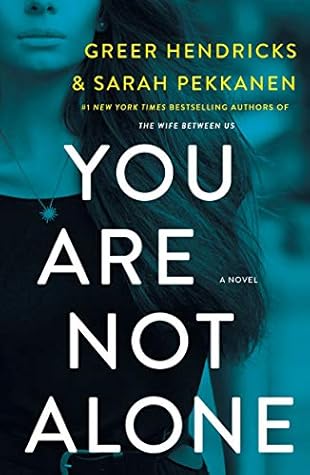More on this book
Community
Kindle Notes & Highlights
Numbers never lie. Statistics, charts, percentages—they don’t contain hidden agendas or shades of gray. They’re pure and true. It isn’t until people start meddling with them, spinning and shaping them, that they become dishonest. —Data Book, page 1
When I spotted the woman with the pleasant face, I only thought about how she could save me. But I should have been the one to save her.
Another stat from my Data Book: The percentage of adults who routinely eat on their own is estimated at 46 to 60 percent. Some studies show that eating alone is more strongly associated with unhappiness than any other factor, except mental illness. This has never bothered me before.
In a study of people who witnessed a suicide, 60 percent said they thought about the event without meaning to. 30 percent had physical reactions when they were reminded of the event, including sweating, nausea, and difficulty breathing. Almost 100 percent said the experience had a significant impact on their lives.
On average, women report having eight close friends. Studies have found that, when under stress, women tend to seek out these female friendships. Instead of simply experiencing the adrenal-based “fight or flight” response, women also secrete the “bonding hormone,” oxytocin. This phenomenon has been termed “tend and befriend.”
Tons of studies have found that attractive, well-groomed individuals are assumed to possess positive qualities that aren’t even related to their appearance—they’re perceived as being more intelligent, more interesting, and more trustworthy. This is sometimes called the halo effect.


